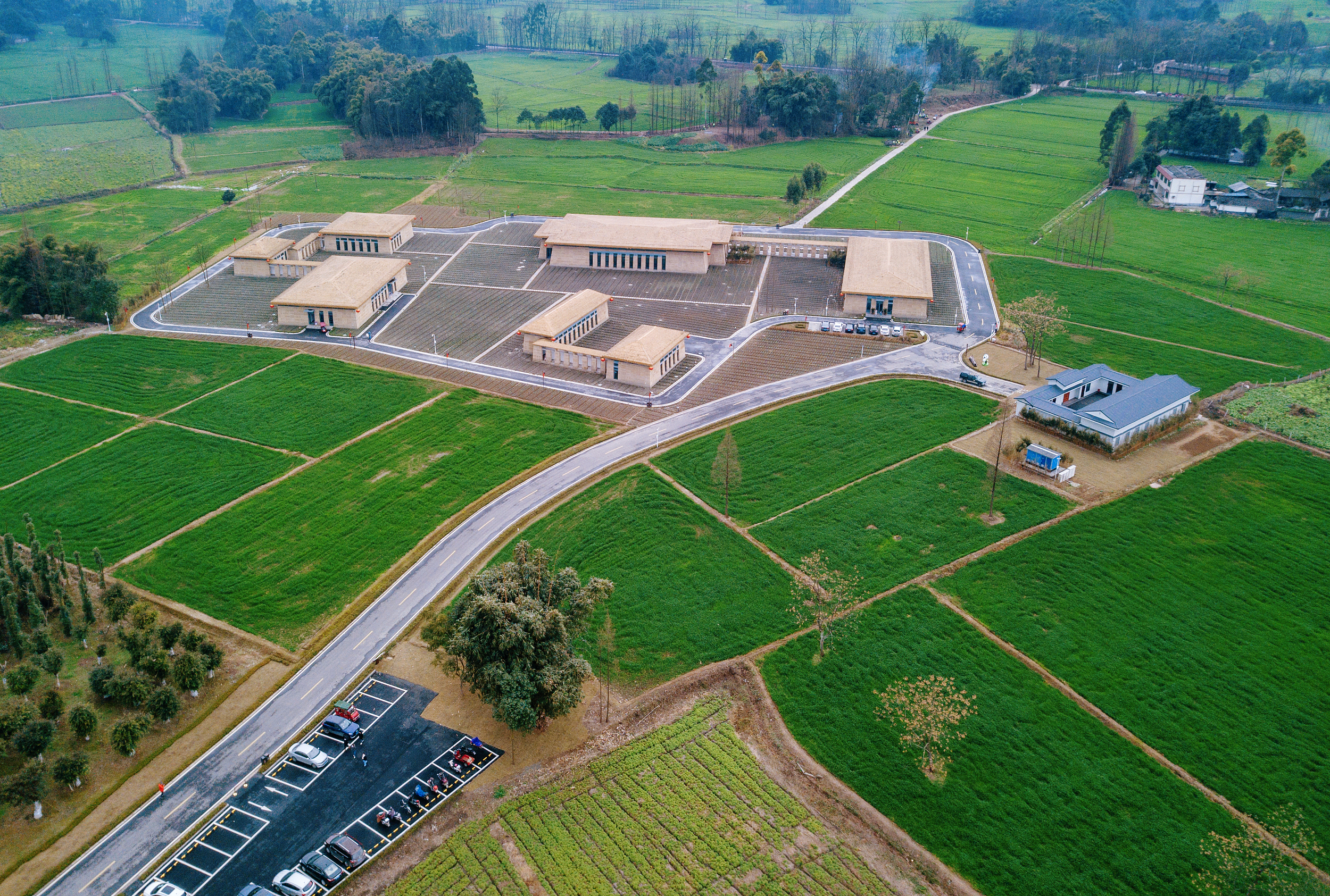Baodun Culture Fills Gap in History

A birdview of Baodun Site in Baodun village, Xinjin district, Sichuan province. (PHOTO: TAO Ke)
By BI Weizi
The Baodun Culture is a late Neolithic culture that developed in the Chengdu Plain in southwestern China and its adjacent region from 2500-1700 B.C.
Several settlements where the culture prevailed have been found. One of them is the Baodun Site, named after Baodun, a village in Chengdu, capital city of Sichuan province, regarded as the birthplace of the culture.
The discovery of the site fills the gap between the Neolithic culture and the culture of the Xia and Shang Dynasties that ruled from around 2070-1122 B.C. and proves that the Chengdu Plain is one of the most important sources of the Yangtze River Civilization. It provides evidence for research into the origins of the Chinese civilization.
The eight ancient Chinese cities where the culture flourished share some common characteristics. They were all built on terraces between the rivers in the Chengdu Plain and the city walls often followed the direction of the rivers and terraces. The cities were rectangular or almost square, shapes suitable for flood control and fortification.
The city walls were erected by the method of bidirectional earth piling and diagonal tamping, which resembled the practice in Sanxingdui Ancient City as well, a major Bronze Age culture site in Sichuan.
The layout of the cities varied. The Baodun Ancient City, located in the interior of the Chengdu Plain, was the largest, with a city wall area of about 600,000 square meters. The other ancient cities in the mountainous area on the northwestern edge of the plain were smaller and had more pronounced defensive functions.
Baodun Culture gave birth to the Sanxingdui civilization, and the common cultural accumulation of the two laid the foundation for the ancient Shu civilization, which dated back at least 4,800 years, demonstrating the overall characteristics of the Chinese civilization: diversity, unity, inclusiveness and continuity.







